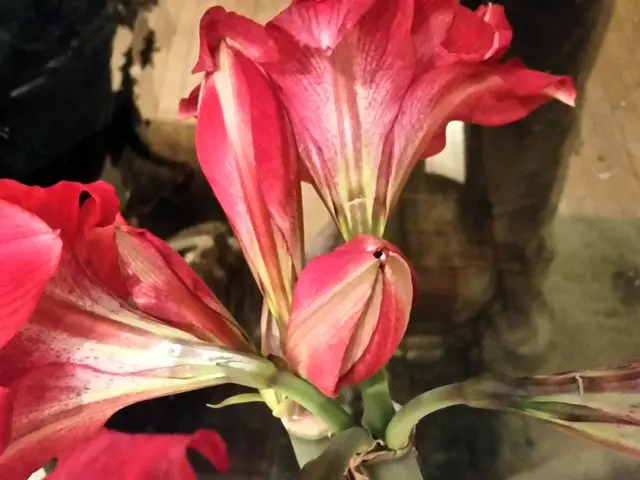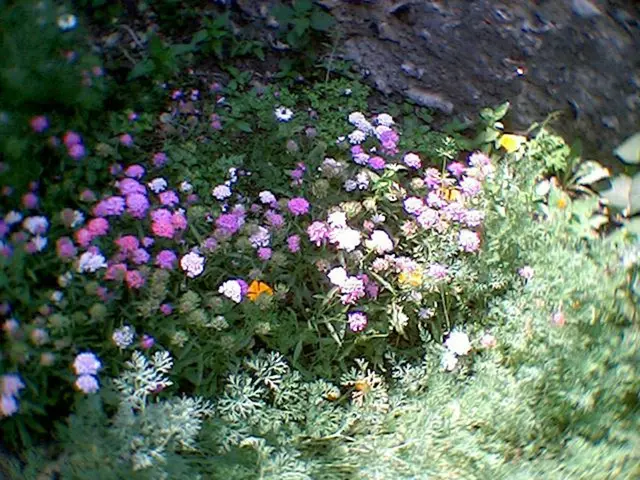Radically Altering Your Outdoor Environment from Scratch
Transforming your outdoor space into a stunning extension of your home is all about planning and execution. Here's a rundown on how to master the landscaping art:
Establish a Theme
Before you dive into the nitty-gritty, pick a theme for your garden that sets the tone for the entire project. A well-thought-out theme lays the groundwork for what needs to be done and gives you a clear direction. Without a theme, you may struggle to decide where to begin.
Create Links Between Spaces
Linking key areas in your garden creates a harmonious flow and a visually pleasing experience. This could involve designing pathways, arranging plants, or building structures that connect different zones. The goal is to make your outdoor space feel cohesive and inviting.
Work with Existing Plants
Instead of investing in new plants, consider making the most of the ones you already have. Tweak their placement and arrangement to fit your new design for a more seamless transition. Additionally, remember to prioritize plant diversity to support local pollinators and create a thriving ecosystem.
Highlight Key Features
Creating focal points in your garden is essential for capturing attention and defining the spaces within your landscape. You can achieve this by incorporating eye-catching elements, like sculptures, flowering plants, or water features, that serve as visual anchors, making your garden more memorable.
Attend to the Details
Start to finish, paying attention to the finer details is the key to creating a stunning garden. From selecting sustainable materials that can withstand the test of time and elements to carefully positioning plants for maximum impact, every detail matters. Small touches like strategic lighting, interactive elements, and thoughtful furniture arrangements can elevate your outdoor space and create a truly unforgettable experience.
By following these guidelines, you'll be on your way to crafting a stunning outdoor landscape that enhances your home’s aesthetic and provides a welcoming haven for family and friends to enjoy.
Expert Insights:
- To create linkages between spaces, consider using materials, colors, or plant types that create smooth transitions between zones and provide a unified appearance.
- Instead of removing existing plants, try to incorporate them into your new design to maintain ecological balance and continuity.
- Strategically place plants with varying heights and textures to add depth and visual interest, and guide visitors through the space.
- Utilize sustainable materials and practices to minimize environmental impact and reduce maintenance requirements. For example, incorporating native plants, soil, and grasses that thrive naturally in your region can help reduce the need for watering and chemical treatments.
[1] The Garden Design Master Plan by Christiane Lauterbach[2] The New American Landscape by Thomas Rainer and Claudia West
Incorporating an outdoor-living area into your home-and-garden can involve gardening strategies that reflect your lifestyle preferences. For instance, consider the 'home-and-garden' aspect by developing outdoor spaces that mirror the aesthetic appeal of your dwelling, ultimately enhancing its values. Furthermore, to create a seamless transition between indoor and outdoor spaces, strategically incorporate elements that link key areas, such as pathways, plants, or structures, promoting outdoor-living as a harmonious extension of your home.








